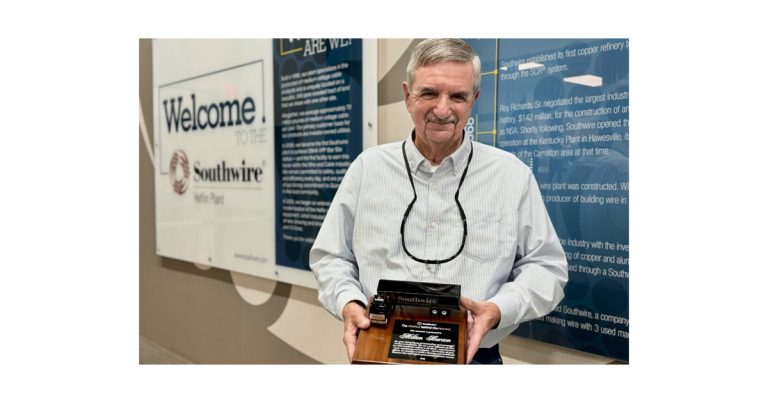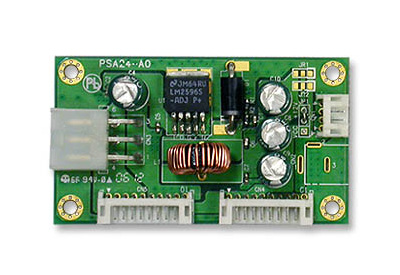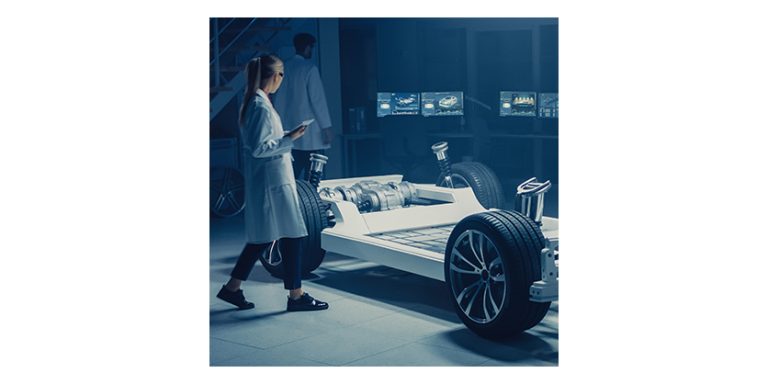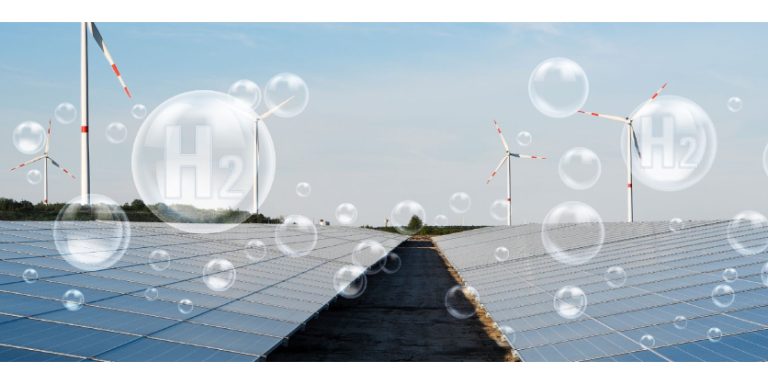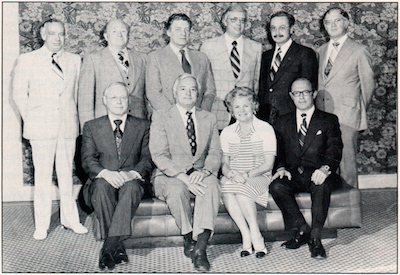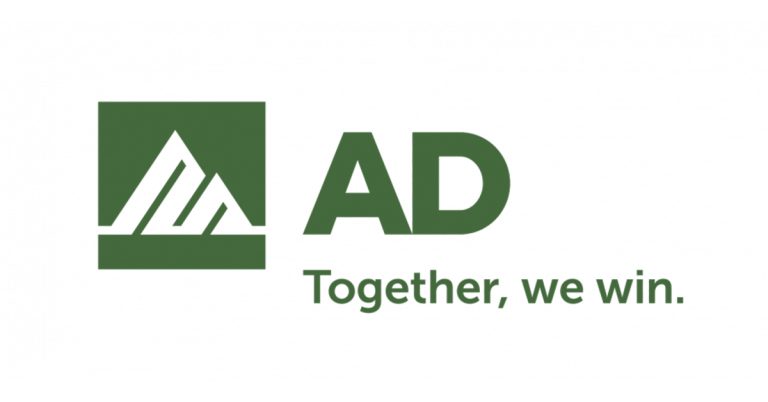Achieving Sustainability Goals with Schneider FlexSeT: A Discussion with Schneider Electric’s Michael Lotfy

April 3, 2023
By Elle Bremmer
Schneider Electric recently brought its FlexSeT low-voltage switchboard technology into Canada. Designed with shortened lead times, increased efficiency and reliability in mind, the innovative technology is sure to make its mark in the Canadian electrical industry. We spoke with Michael Lotfy, Senior Vice President of Power Products and Systems at Schneider for more insight regarding the technology.
How would you describe FlexSeT technology and its best features? How is it more efficient? What technology are you and your team most proud of?
“What we try to do with FlexSeT is benefit the entire ecosystem of switchboards and panelboards in North America. We try to do this while fulfilling the Schneider core values in the process.”
Lotfy specifies that what FlexSeT does is very unique to both Schneider and to the product category itself in that it is designed to allow distributors to participate in the value creation for their customers. With current like-products they have only limited participation in this process.
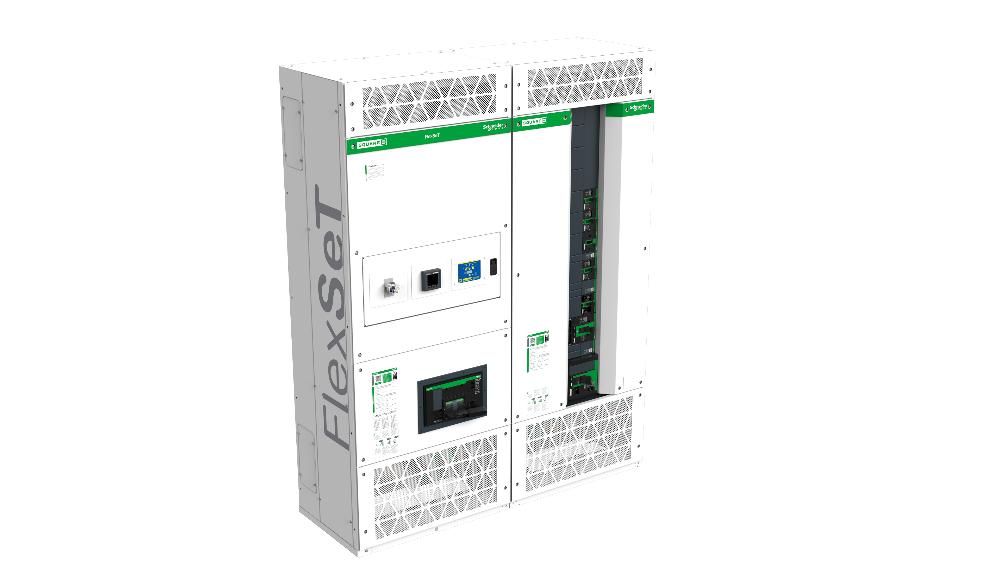
“You participate in what we like to call the apparatus or the products around the switchboard, but you do not participate in the process. Now, if they (the distributor) gets certified, once they are trained, they are able to buy the kits, build them, test them, and ship them directly to the end customer. “
Touting its environmental impact, Lotfy also says that “FlexSeT utilizes significantly less material than typical switchboards in the marketplace because it has [energy] savings that can reach up to one tonne of CO2 per section, which is a game changer.”
Continuing, “the biggest challenge that faces our generation is climate change. We all know and agree that the biggest driver to retain the 1.5 degrees trajectory that is published by scientists is to decarbonize our supply chain. Decarbonizing your supply chain and decarbonizing your electrical gear accounts for more than 40% of the equation. And then you have 25% on the core of innovation design and then you have about 15% in terms of digitization.”
“I love FlexSeT because FlexSeT addresses the whole pie that helps solve the decarbonization issue if you talk about switchboards and panelboards. At Schneider, we take decarbonization very seriously.”
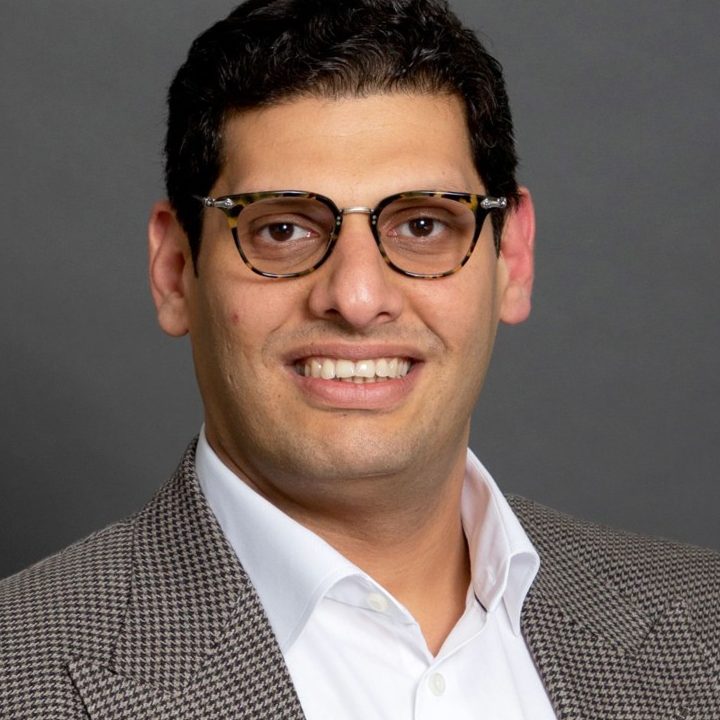
Lotfy also boasts about FlexSeT as a digital end-to-end technology, which have been increasing in the industry. He reaffirms Schneider’s commitment to electricity 4.0, which is a term that describes the junction between the digital world and digital intelligence with the world of electricity. He describes the technology as having an “end-to-end digital story from the time that you configure, order, and then build.”
Everything can be done on a laptop or tablet where you can access features like trending data and metering, allowing a full digital customer experience with different stakeholders in the process.
Finally, Lotfy describes the speed and efficiency accomplished by FlexSeT.
It is remarkable in that “two workers in two hours can build one section.”
“If I compare it to a typical switchboard that you will get in the marketplace today, you will be reducing your turnaround time from 40 weeks to 24 hours, end to end. I just visited one of our distributors here in Canada and I was impressed that they said that they are committing to 24-hour delivery.”
“Can you imagine how big of a game changer that is? You’re getting a next day delivery, which is unheard of in the history of the industry. You’re getting a digital offer that has digital connectivity that can do data aggregation, analytics, alarming and trending, while having a lower CO2 footprint. You are solving for all the different parts of the ecosystem with one offer.”
Yes, that’s incredible. 24 hours across Canada is highly unusual in the industry.
“Absolutely. And how do you do this by enabling your partners? If you have a distributor that has five or ten locations across Canada and each of the locations can build the panel or the section in two hours, then you can ship it anywhere you want, right? That is a great value to the Canadian market”.
Is that partnership with Guillevin? I saw that listed somewhere on the product sheet.
“They were the partner I visited. They have kits in stock. They are already accepting orders. They ship the next day. I actually witnessed it, so it’s not just marketing. I saw them building it and shipping it while I was there.”
The technology is not new to North America, only in Canada. You announced the product in 2021?
“Yes, in October of 2021 at the NECA (National Electrical Contractors Association) exhibition in Nashville, we announced that we would be releasing FlexSeT in 2022 to North America, which is what we did! We launched it in the US initially and now that we have released a NEMA 2 enclosure, we are launching here in Canada. This is one of the reasons why I am here in Canada this week. I wanted to personally make sure that I answer any questions, meet our partners and get their feedback to make sure that we’re on the right track with the FlexSeT program.”
From the original announcement of FlexSeT, have there been any enhancements or modifications made to the technology since then, and how has it evolved and how will it continue to evolve?
Excitedly, Lotfy says, “Schneider Electric is a company with ingenuity at its core. We are, if you ask a guy like me that is responsible for offers, innovation, manufacturing and whatnot, it’s like I’m never happy. Never satisfied – No — I always want to do more. And my team is even more eager than me. They are phenomenal people.”
“I think we did a great job but what you can expect is that we are not going to stop at the current releases. We’re going to add more functions. We’re going to cover more codes. We are going to do this the Schneider way, which is quality and safety, which is our #1 license to operate. If you buy Schneider, you’re buying the best of the best of the best and we will continue to build with this with those core values.”
He continues, “so, we will never stop innovating. We will continue to go. There is no end.”
Do you have an engineering background?
Laughing, Lotfy says, “yeah, well, that probably explains all my detailed answers.”
If you were talking to, let’s say, a reader — if you were talking to an electrician, another engineer, what would you want to tell them specifically about FlexSeT switchboards? Why would it be important to them?
“The first thing I would do is thank them because they have been the founding pillar of the success of Schneider Electric in Canada over the years and they have made us who we are, and they are the reason we aspire every day to do more. The second thing that I would like to tell them about FlexSeT specifically is that it is designed for them. It is designed to empower them to do more. [It is designed to help them] profit more, to scale more, and to serve the customers better.”
“So we’re doing all that, while helping in the decarbonization story and helping them have a digitally enabled offer that allows them and their customers to be future ready. But most importantly, now they are able to participate even more in the process, which they can only get with FlexSeT. There is nothing like it on the market.”
“There is really nothing like it,” he emphasized.
Lotfy also expressed contentment on the final aesthetics of the product. While often overlooked, he believes that there is no reason for electrical products like FlexSeT to not look good, while preserving their quality and safety.
“FlexSeT is actually appealing to look at. The product design and ergonomics is best in class. The team did a phenomenal job.”
And design is very important too, I think.
“Absolutely. Electrical gear in general does not need to be ugly. They empower and energize our lives. If you think about where FlexSeT goes, it mostly goes into buildings, and there is a lot of thought going into the overall design and aesthetic of buildings, so the electrical distribution in buildings don’t have to be ugly right? That is again one of the many reasons why I’m super proud of FlexSeT.”
How and why is the green energy transition creating greater demand for more electric and digital solutions? And how does FlexSeT technology fit into this energy transition? Also, how does it fit into Schneider’s goals of sustainability?
“FlexSeT on its own has a significantly lower carbon footprint than any other switchboard in the marketplace. And as I mentioned, electrifying the world is one of the main drivers for us to reach our decarbonization targets across Canada, in the US, and globally overall.”
Referencing a 2019 policy on green and innovative transportation established by the Canadian Government, which allocates nearly $18 billion in transportation electrification, Lotfy says that you will “need innovations like FlexSeT to empower you to make changes like this at scale.”
“If I look at Schneider Electric as a company, we are taking the energy transition extremely seriously. You will see that FlexSeT is just the beginning. You will see us empowering more innovations around energy efficiency.”
Continuing, he states the speed of the energy transition and decarbonization can not sacrifice quality or safety.
“You always have to remember that, no sacrifice of quality or safety can be made, because the electrical equipment that you buy, like FlexSeT, protects lives and they save a massive amount of money. So how do we do all that while preserving reliability, safety, and quality?”
Answering himself, he responds, “that is, in my opinion, the paradox. What we are trying to solve for in the new industrial revolution, is how to do things in a more agile way. Better decarbonization goals, more aggressive decarbonization goals. I think Schneider Electric is at the forefront again, and we have been in this industry for quite some time.”
As you were developing the technology, what was the biggest challenge? You mentioned all these factors that you have to keep in mind; safety and quality and thinking about decarbonization, thinking about the consumer. Is there an element of that that was hardest to tackle as it was coming together?
Lotfy suggests the biggest difficulty was in the codes and standards of the new technology – making sure it was compliant and safe with various global standards and regulatory organizations.
Continuing, “We worked with associations like UL,” because “the codes and standards that we operate within are of paramount importance to the safety of everybody.”
Schneider and UL joined in partnership and sat down together to innovate. He said that FlexSeT was “a solution to what has never been done before, so it represented a challenge, but really it was not. I don’t know if we can even call it a challenge. I think it was an opportunity for us to really think outside the box.”
“This is where digital innovations played a big role,” he says.
He asks, “why can’t we do this and use some software that has a bit of intelligence in it that can guide the quality and the quality control?”
Jokingly, he continues, “then the smarter people than me came together and they managed to find a solution. That’s why this collaboration with UL is one of the partnerships that was very important to the success of the product.”
Technology moves so fast, so you may not have the proper codes and regulations that are needed in the first place.
“I feel if you continue to aspire to do better, you will always be the first in something – and at Schneider, we are kind of used to that by now. We work with CSA, UL, and other associations and organizations around the world that continue to innovate and think outside the box.”
What is the best thing that we can do, in your opinion, to achieve higher levels of decarbonization in buildings, residential homes, transportation, and even policy?
“I talked a lot about this at COP27 and I will tell you what I said many times to many very powerful leaders around the world. We need to act globally at a three times faster pace. In some geographies, like Canada, we need to [act] five times faster. Speed and urgency are of the essence.”
“We need to collectively, not just in our industry, but in all different industries have a higher sense of commitment. When you announce that you want to be carbon neutral by year X, there is a lot of work that needs to get put into that [goal], and it needs to start now for it to be achievable.”
In earlier climate targets, it was a voluntary exercise of multinational corporations to announce their sustainability and decarbonization targets. However, now there are 3,000 MNCs pledging action, and that list is growing daily.
“However, there are only 7 or 8% out of all those companies that are taking actionable decisions and investments that enable their [sustainability] journeys. There are still around 90% that need to get their act together and move in the right direction.”
“We can empower this journey faster [with] digitalization and electrification. It’s as simple as that. You decarbonize the supply chain, we understand that’s half the job. The other half is how can I energize faster and more reliably, and how can I have my digital connectivity so that I can control the demand. I can shape my demand. I can shape my loads, I can shape my consumption. This is connectivity playing its part.”
“We are still at the tip of the iceberg. We still have a lot of work to do to have native connectivity, to have mass connectivity, to aggregate the data, to use artificial intelligence to understand the data and make decisions.”
“The journey needs to continue. So decarbonizing your supply chain, electrifying, and digitizing – together, all those big elements combined with empowerment from the country’s regulations holding people accountable are all important.”
At COP27, Lotfy had listened to Secretary John Kerry, the convoy for sustainability in the US.
“I had a few meetings with him and what I really liked is that they are now holding these companies accountable.”
“That’s why I love being a part of Schneider because we already have these [sustainability goals]. That is what is unique about Schneider. They don’t do it because it is a mandate or because it is part of the compensation, they do it because they believe in the journey and the mission that we need to embark on to decarbonize the world.”

